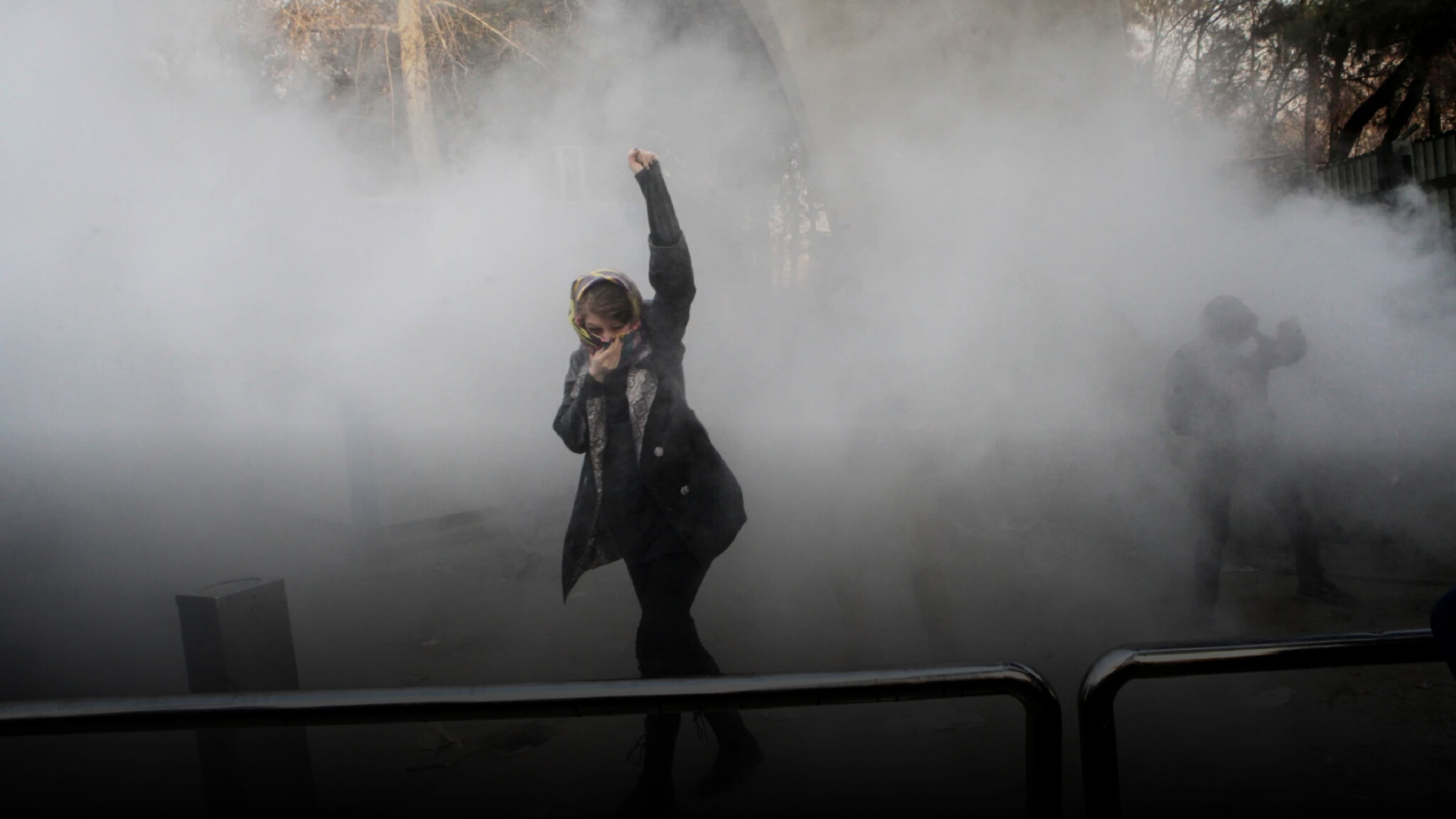
Truckers’ protests in Iran spark a nationwide uprising — could this be the moment the regime finally begins to crack?
Something is rumbling through the streets of Iran. What began as a protest by truckers over fuel prices has turned into a full-scale act of resistance, quietly gaining ground and threatening to shake the very foundations of the Islamic Republic. And it’s happening at the worst possible moment for Tehran — while the screws are tightening from outside, too.
The streets tell one story. The negotiating table tells another. Together, they form a perfect storm.

Comments (1)
Only supporting or founding members can comment on our articles.